Home / Energy and Utilities
Home / Energy and Utilities


MobiCall Solution:
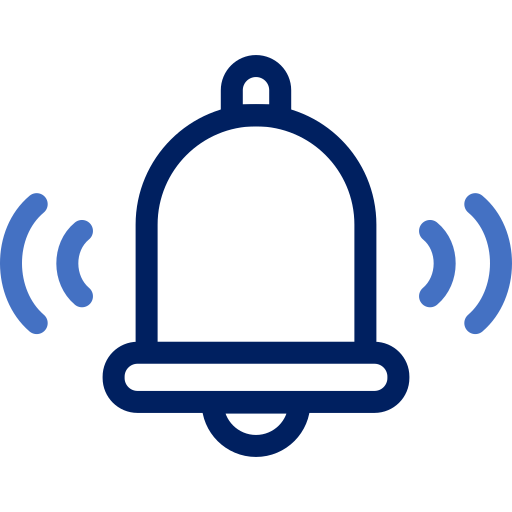

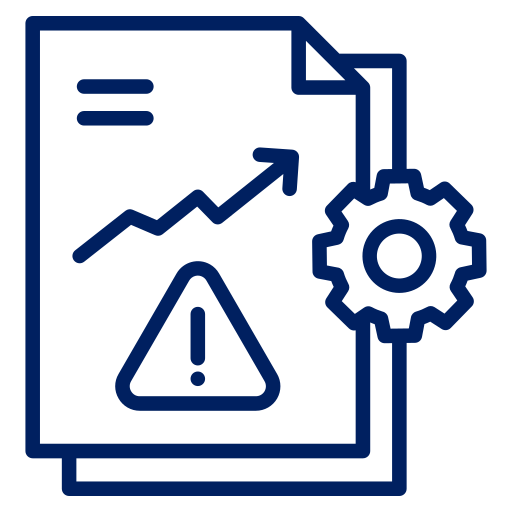
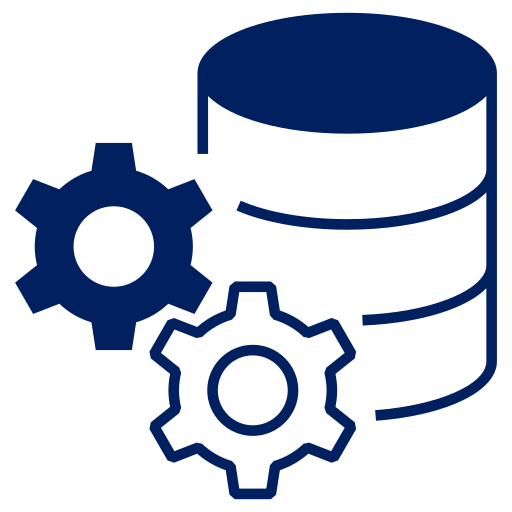


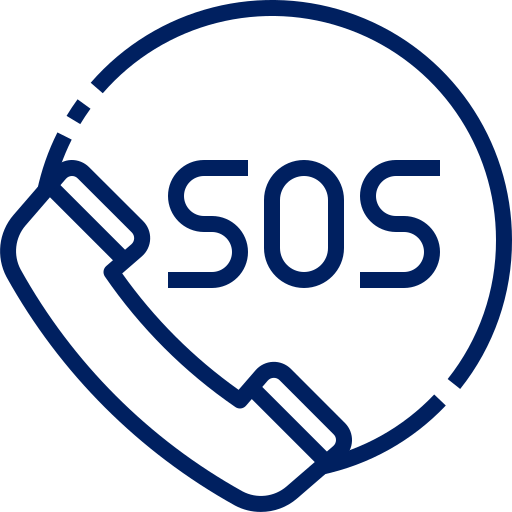

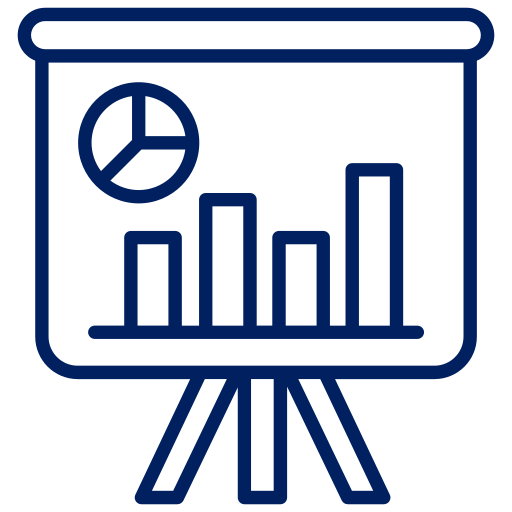
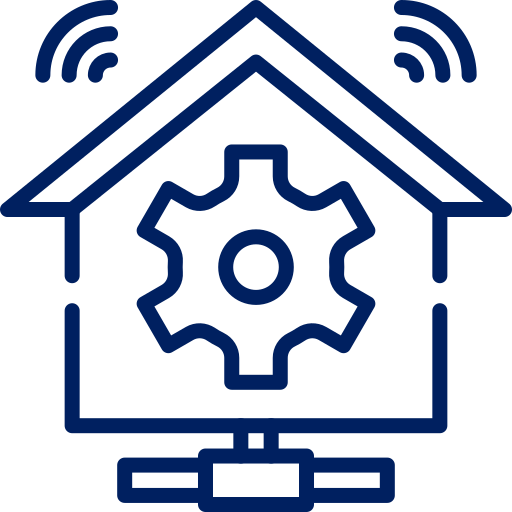

Find out more: Structure and Overview
Find out more: Personal protection and emergency management
Find out more: Physical security and information management
Find out more: Monitoring of technical components